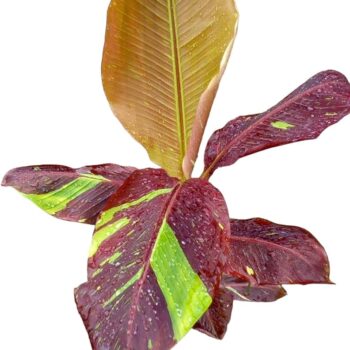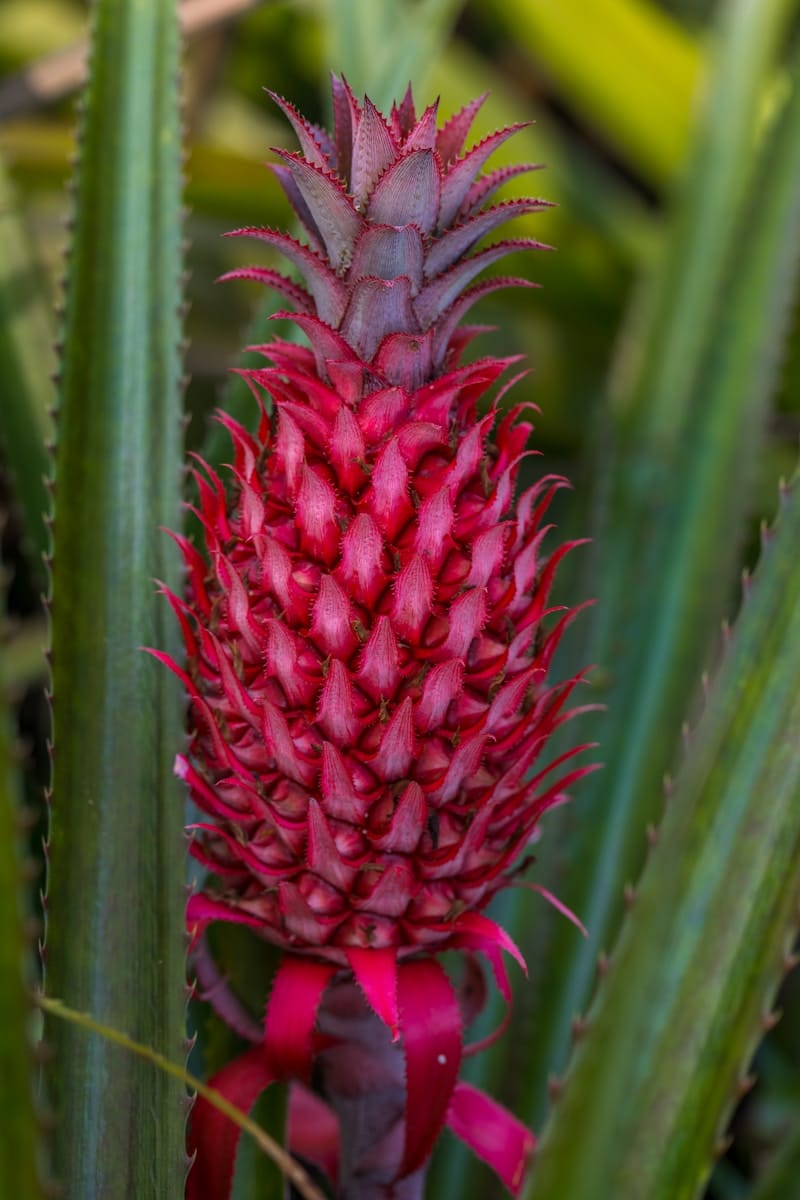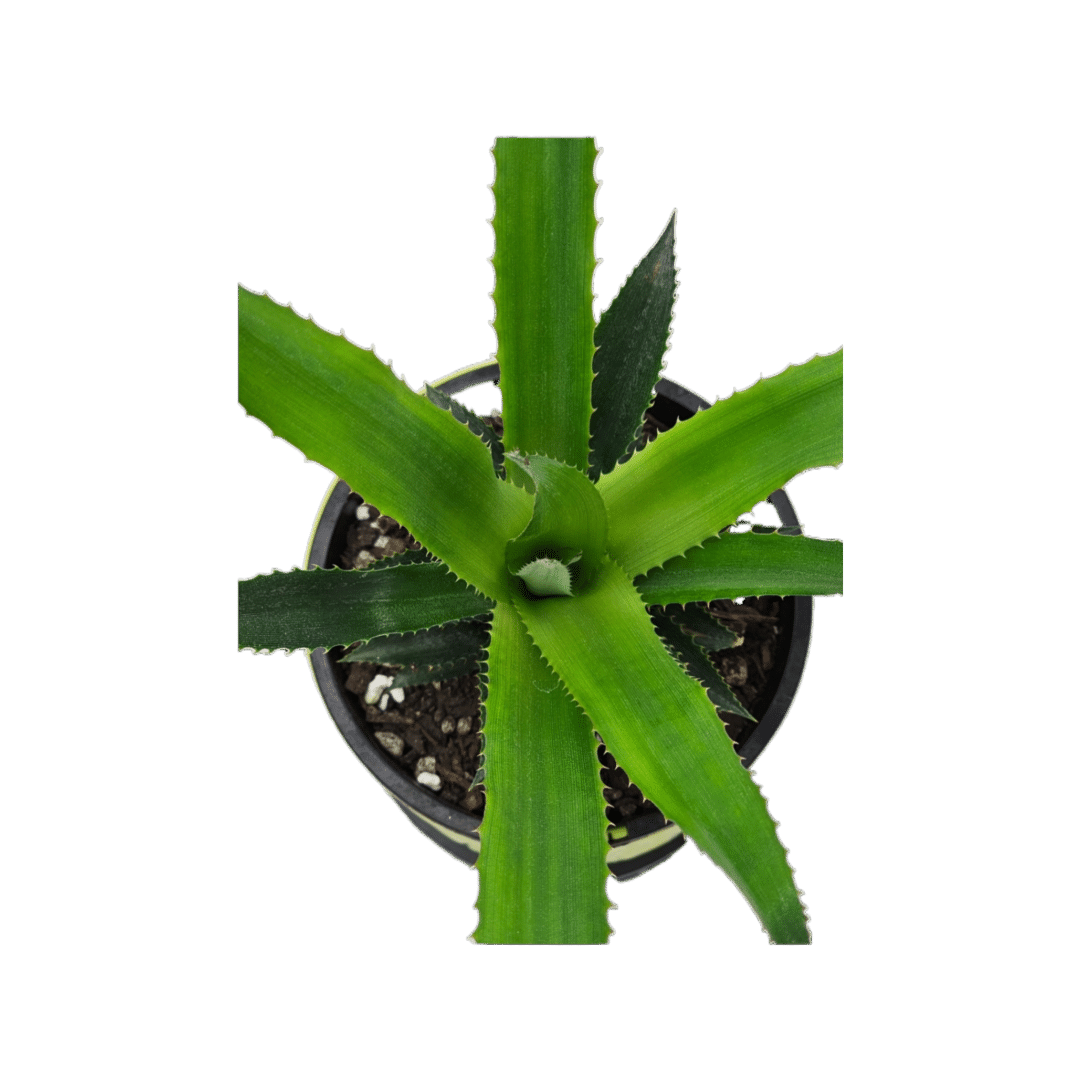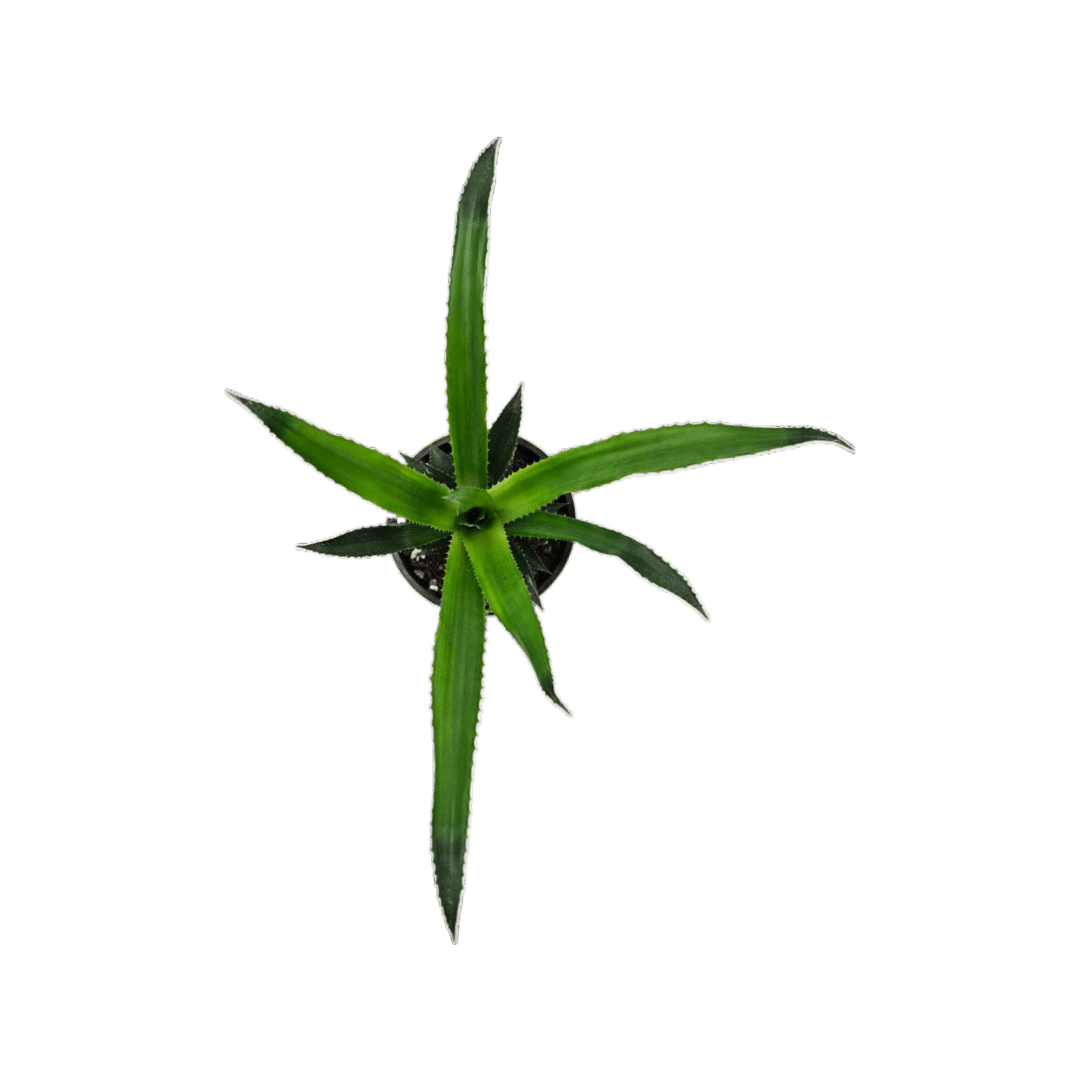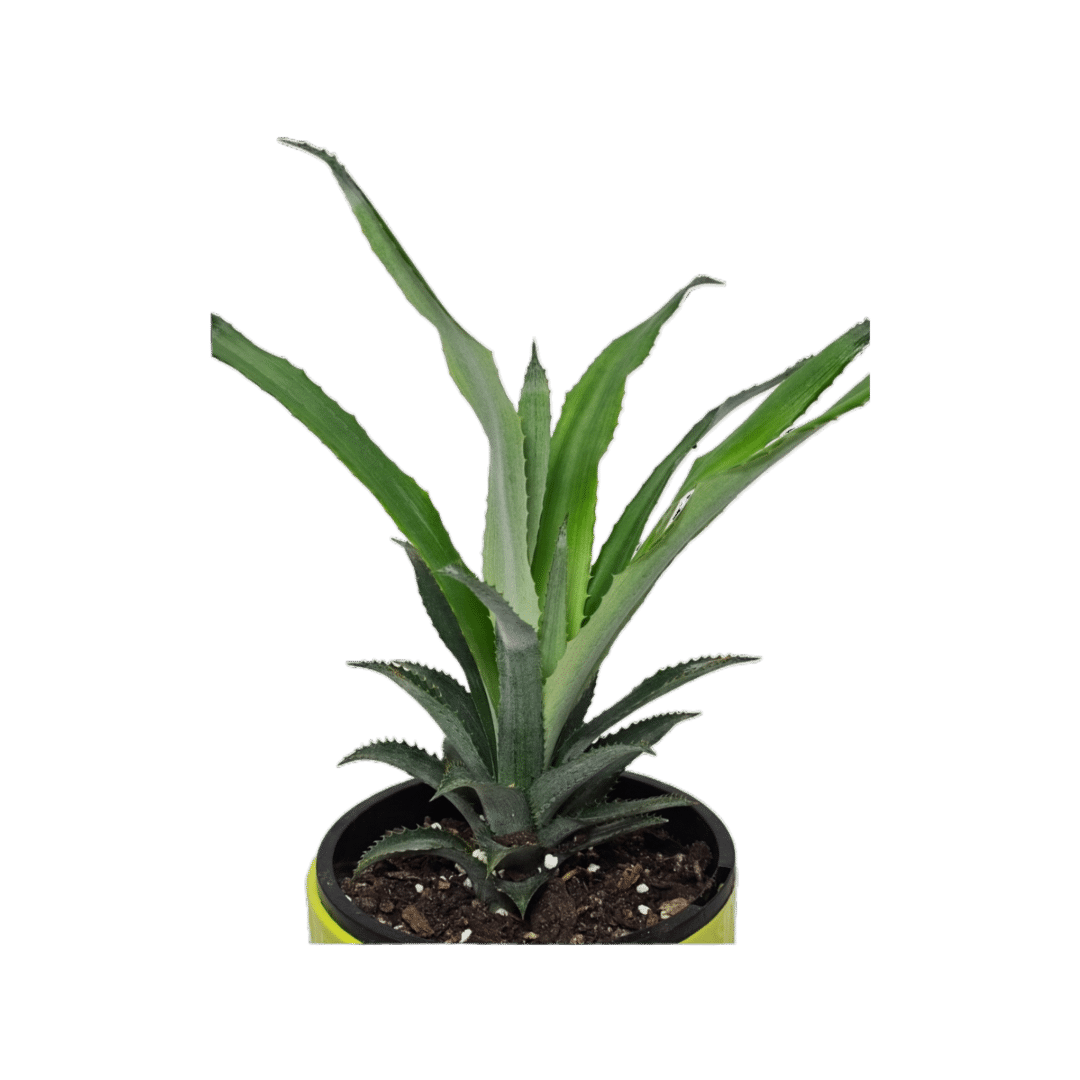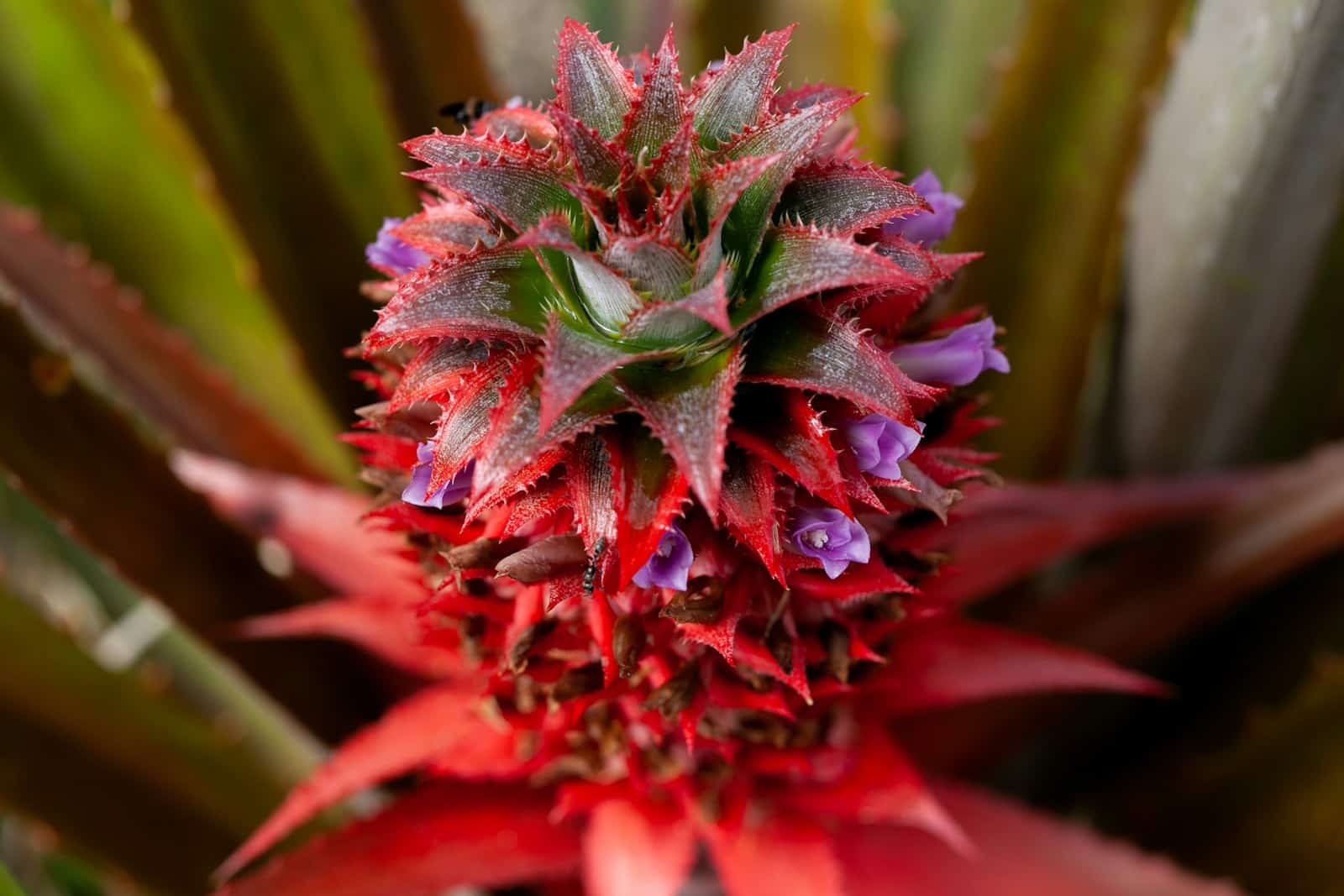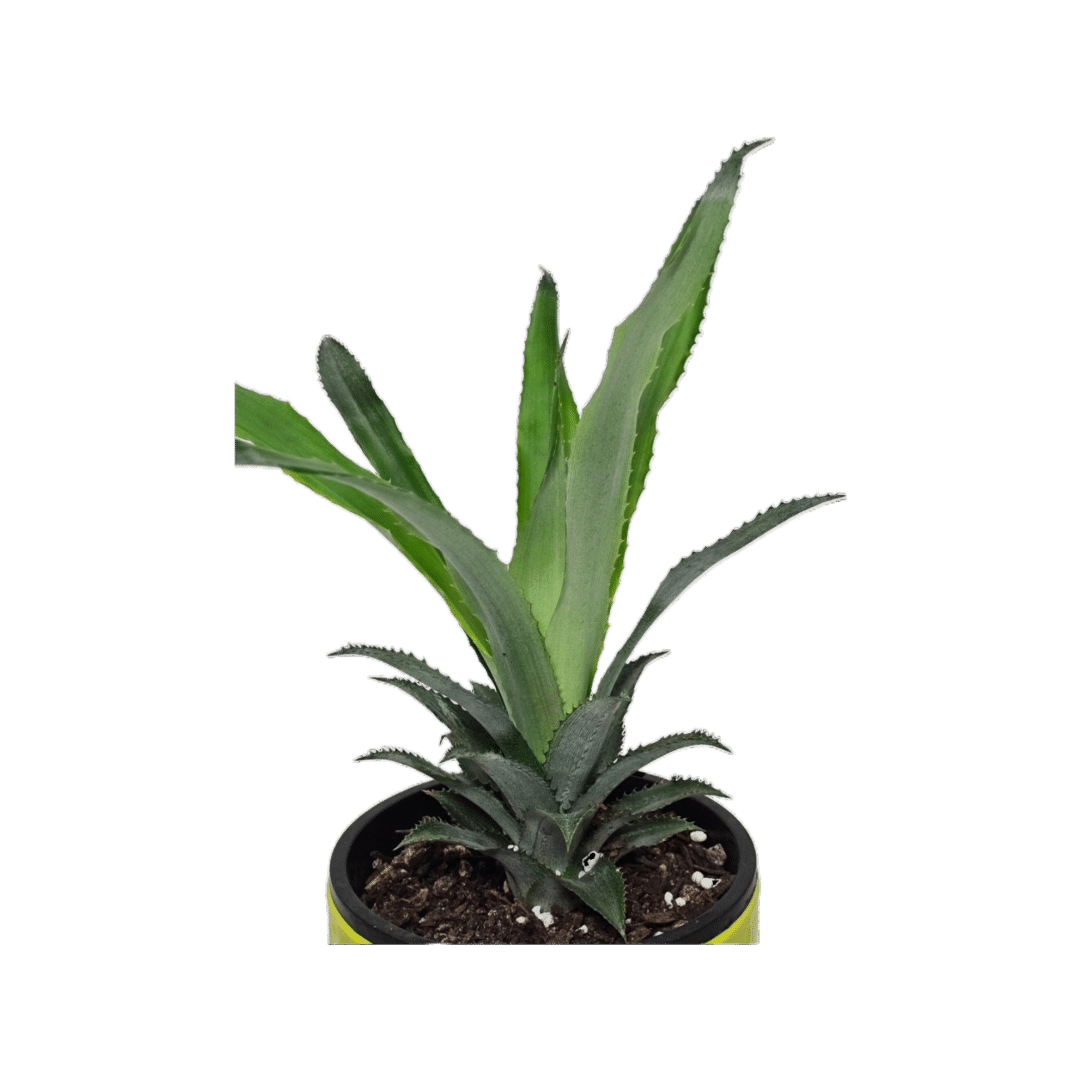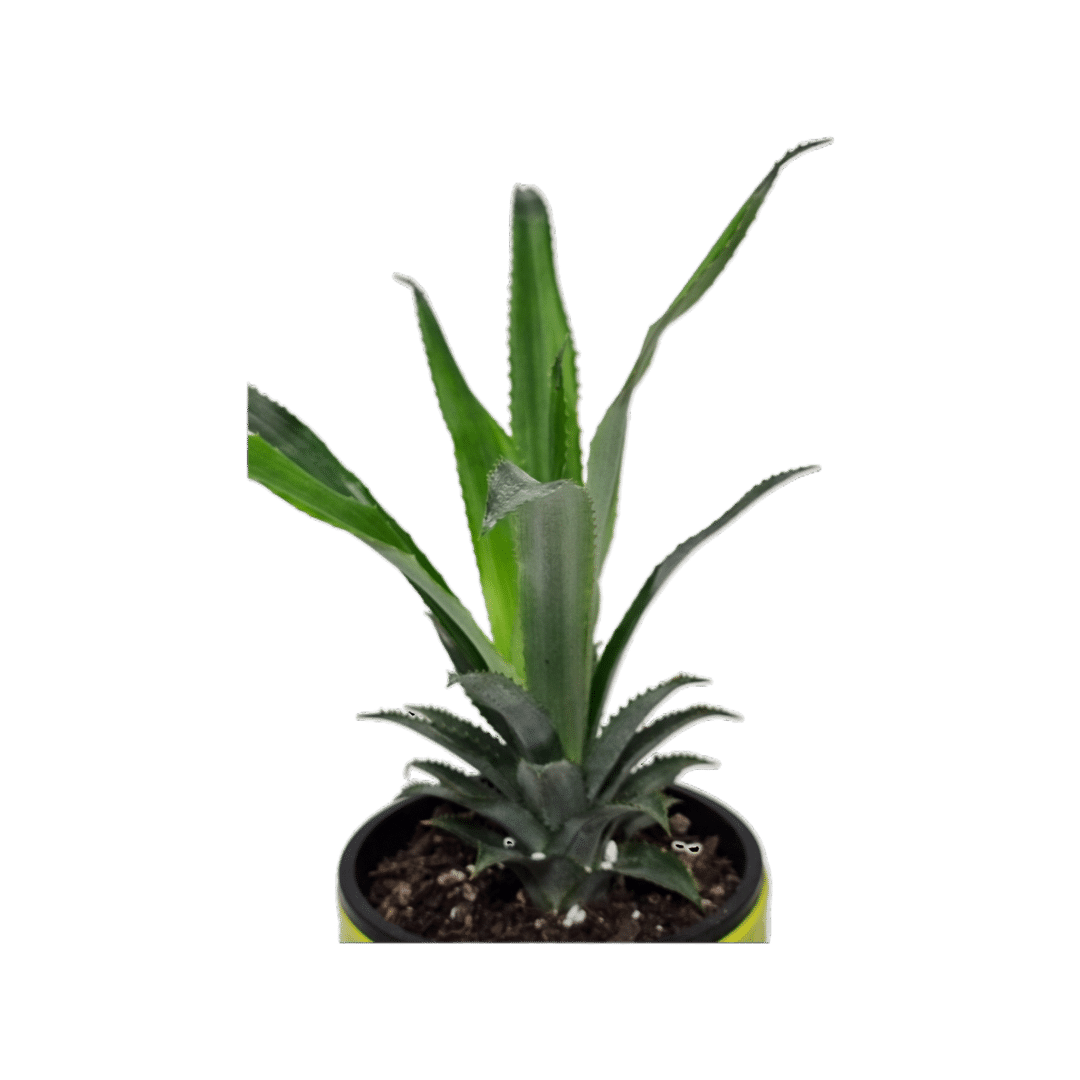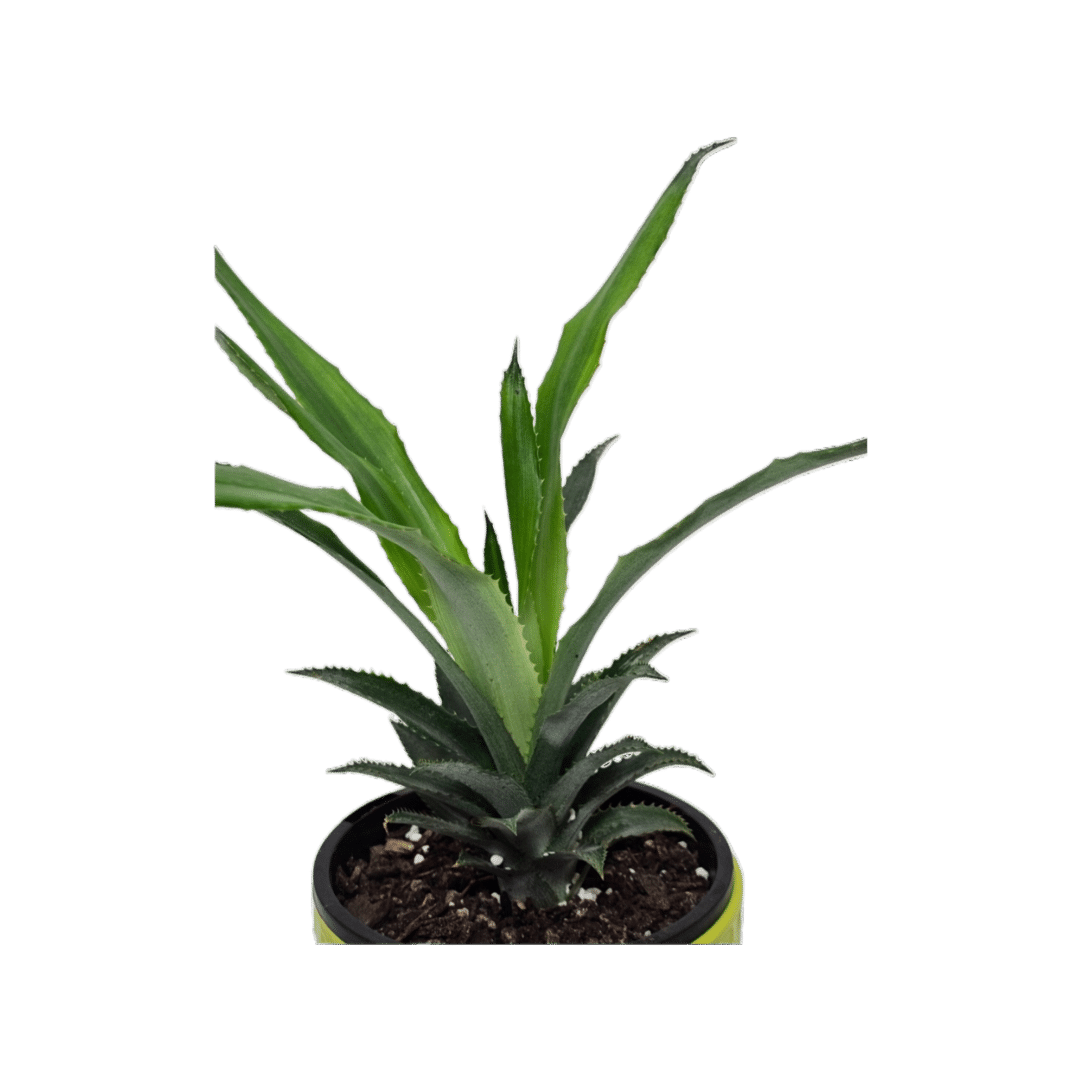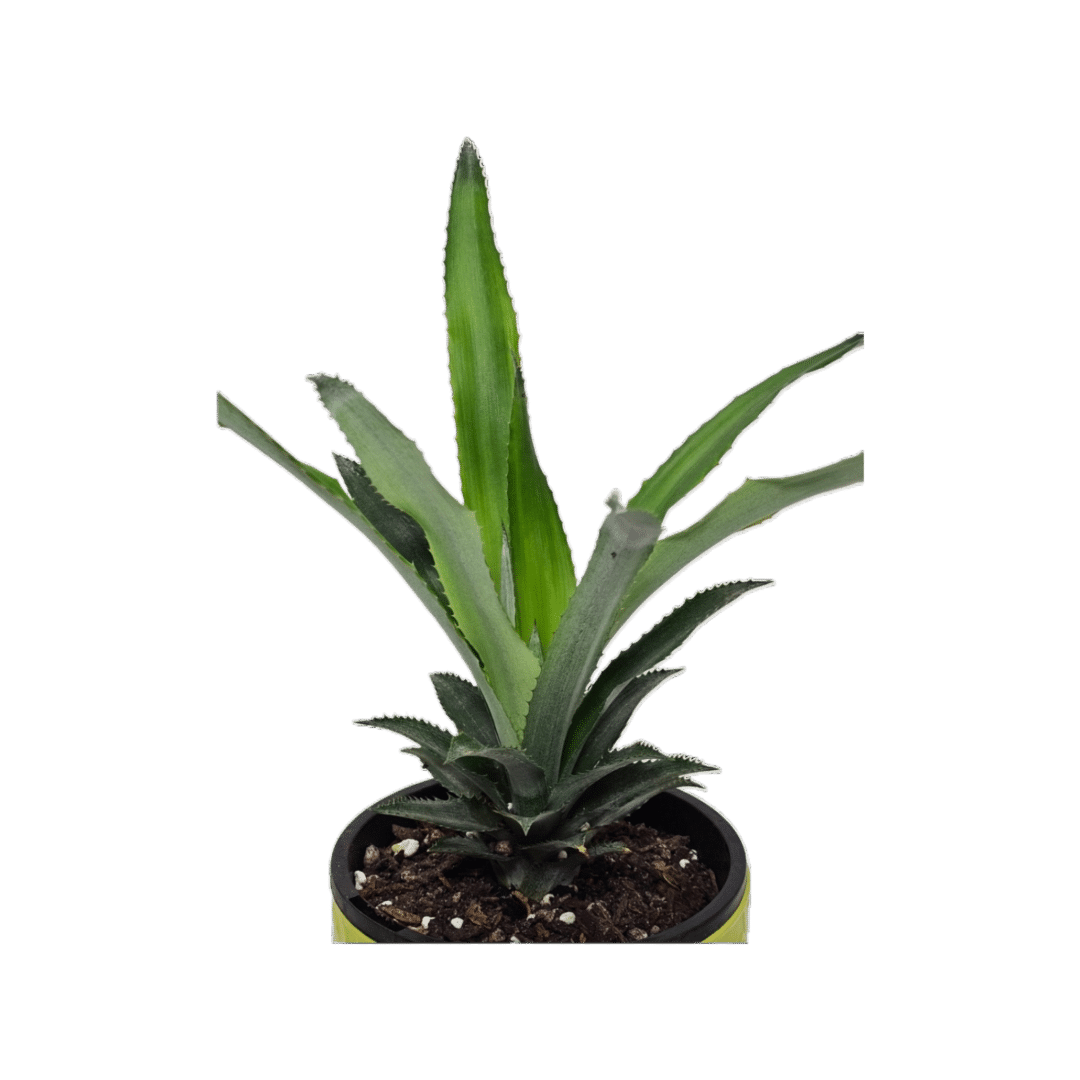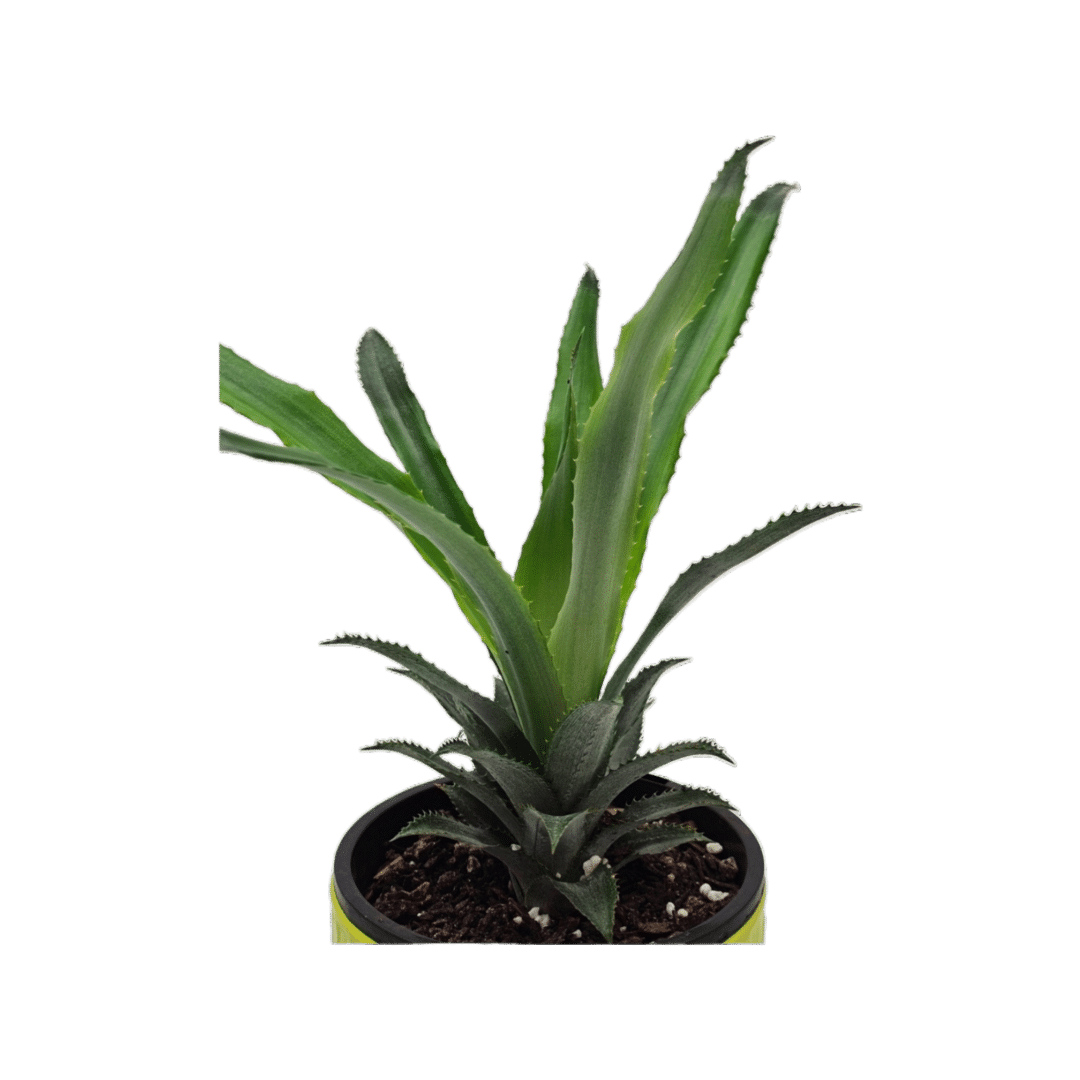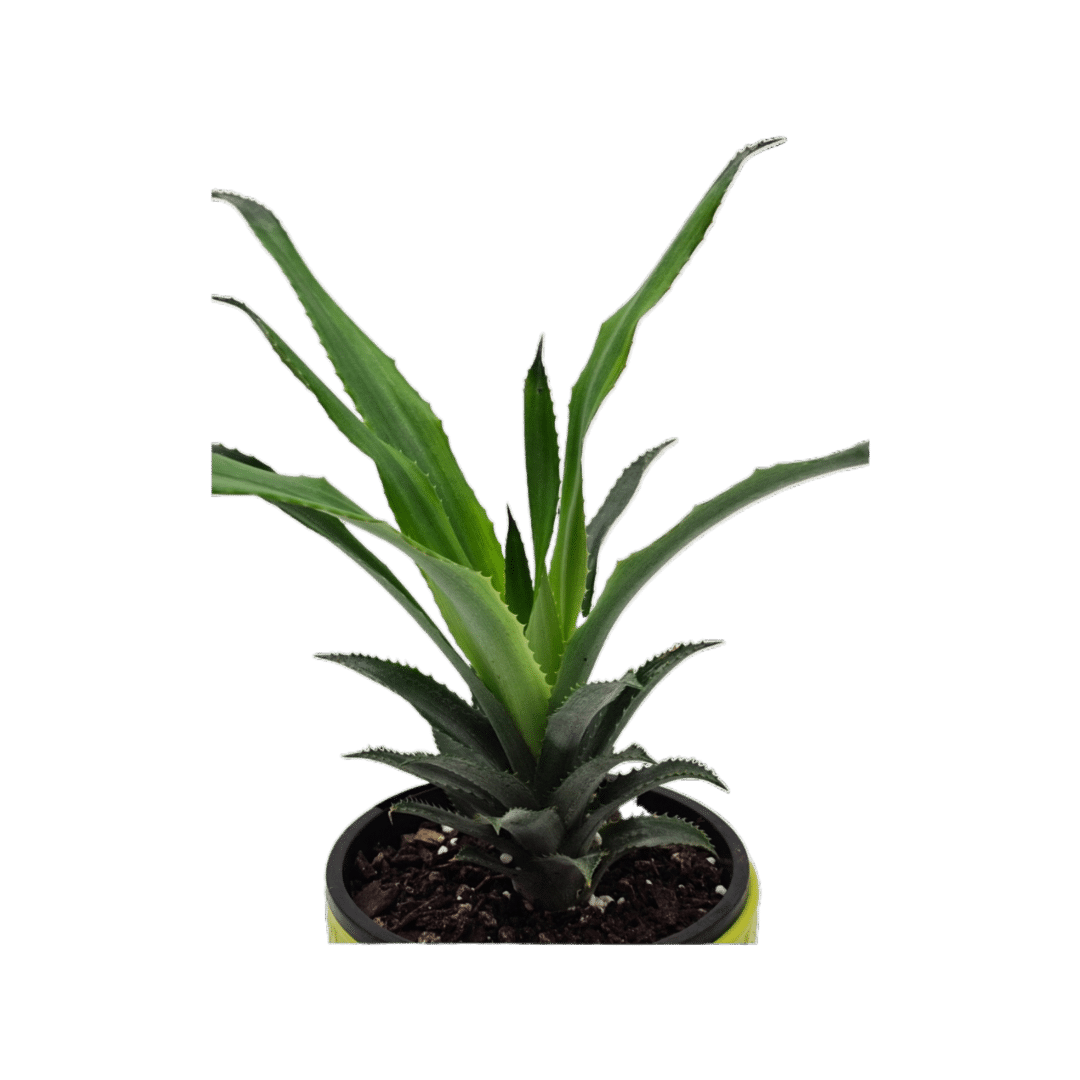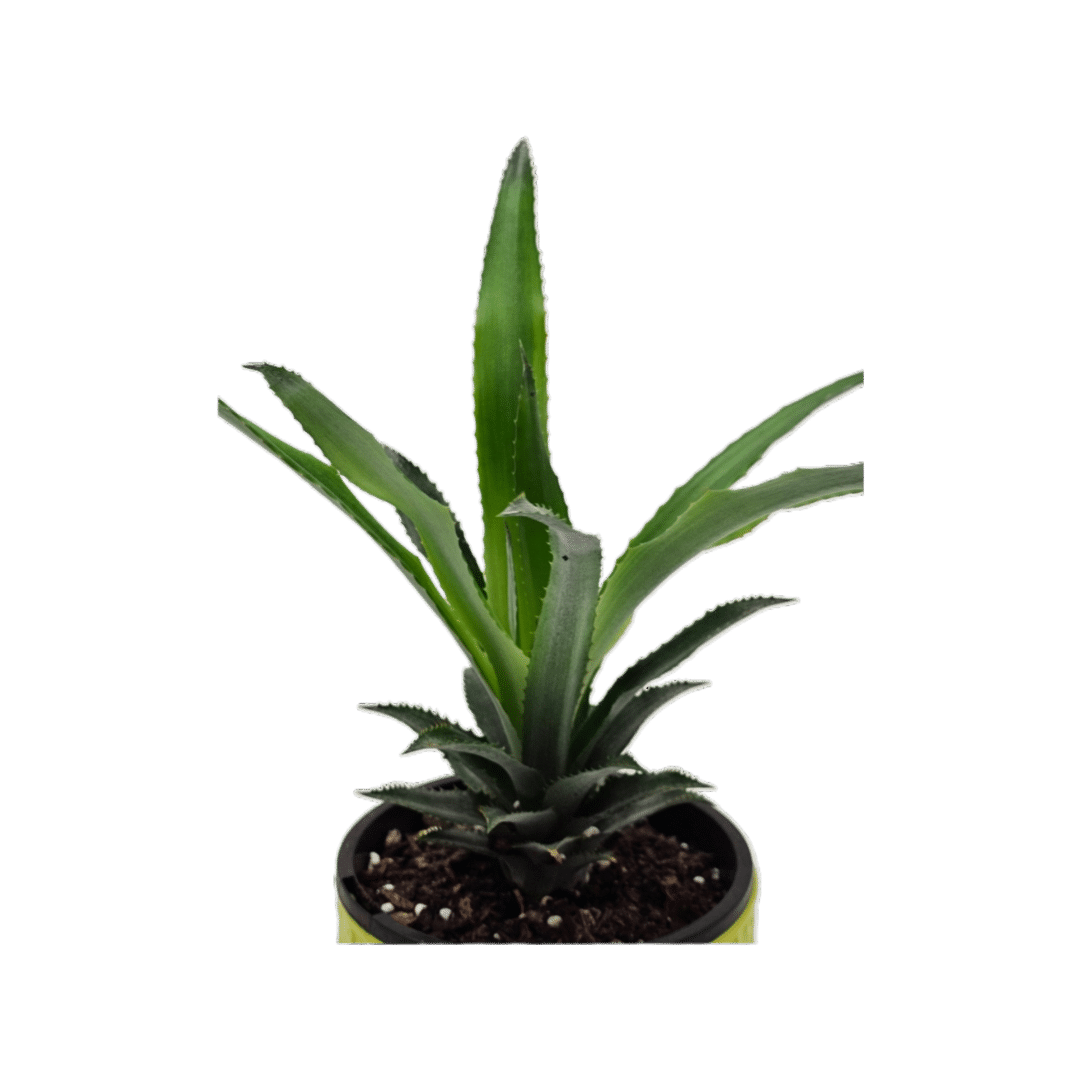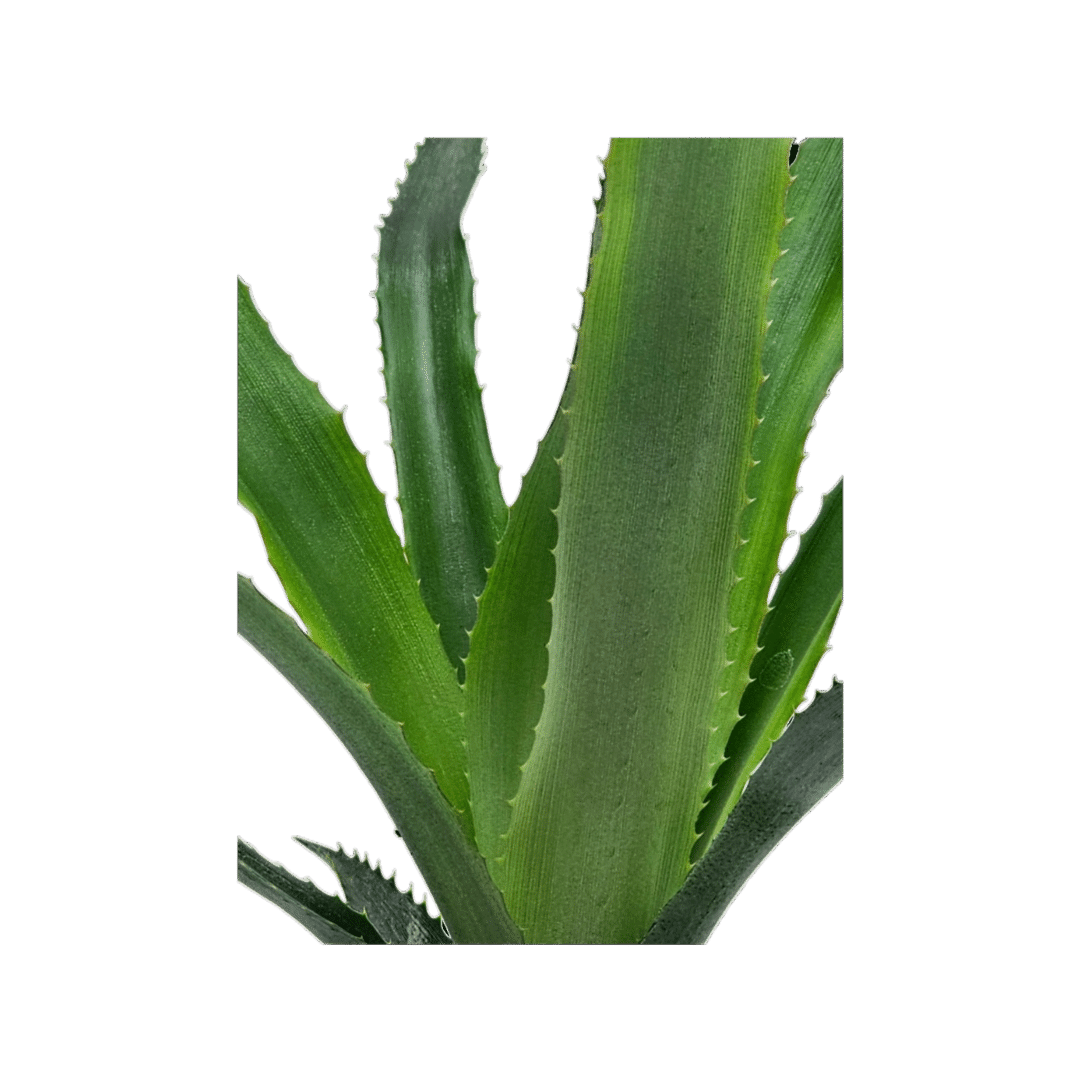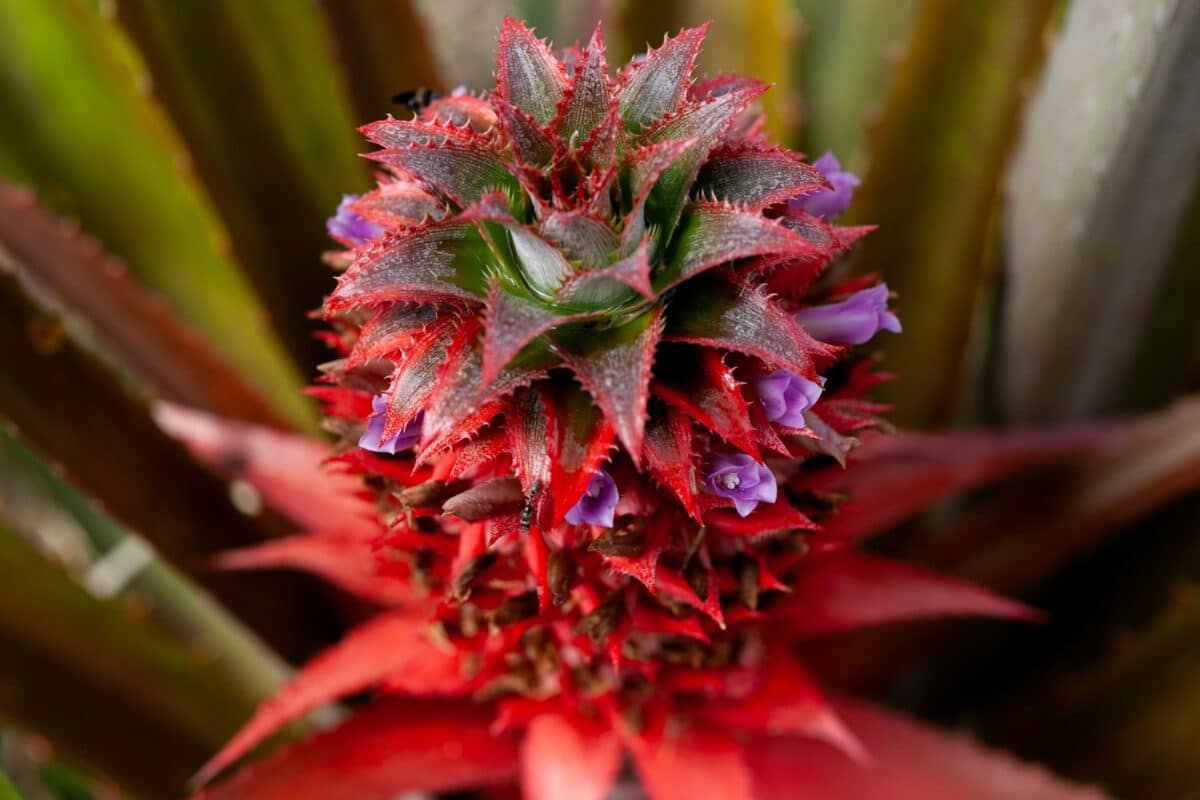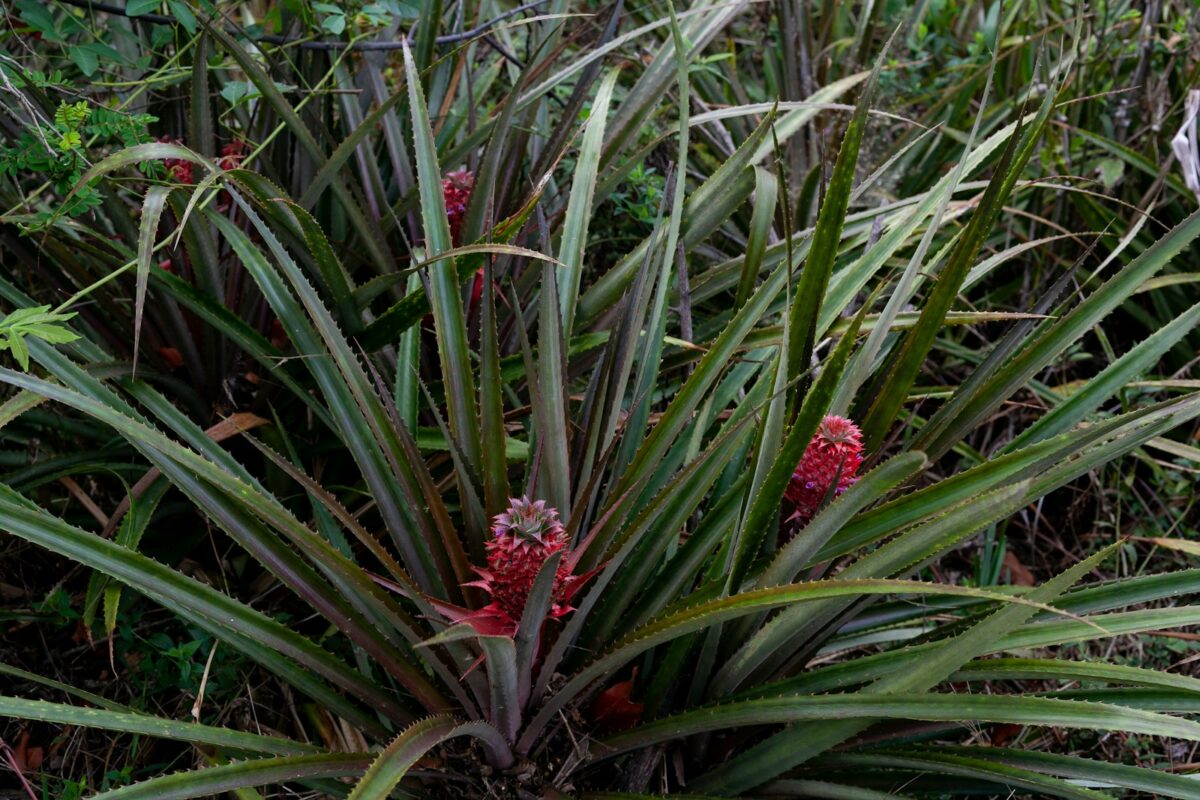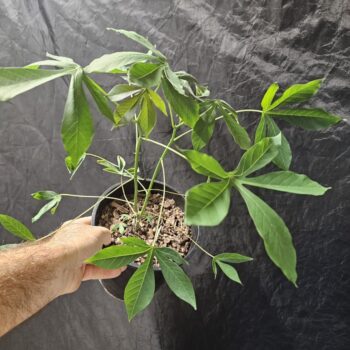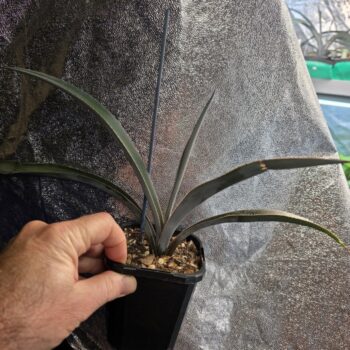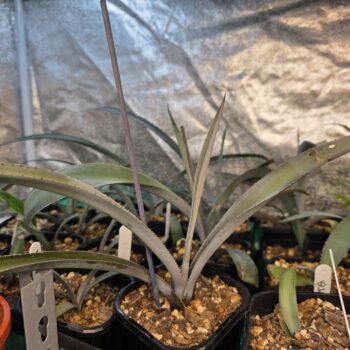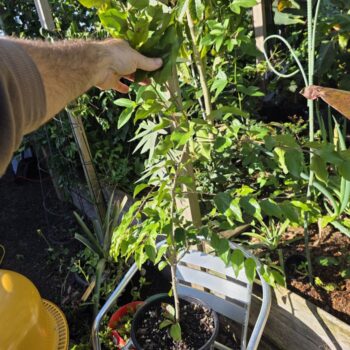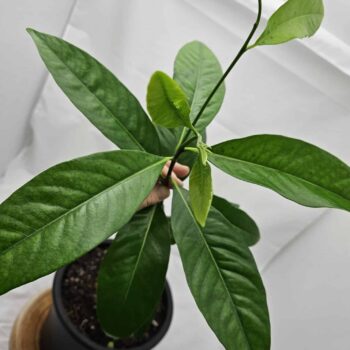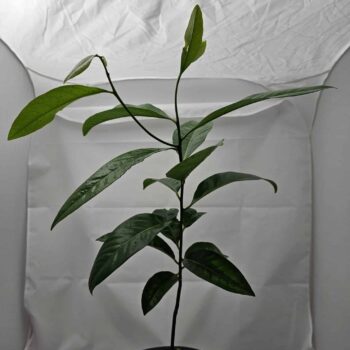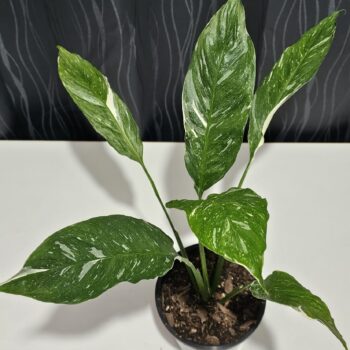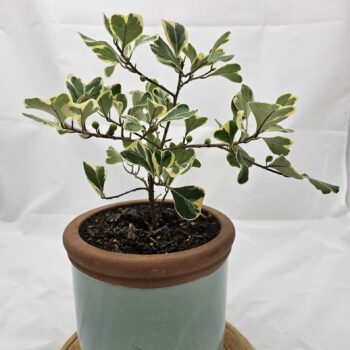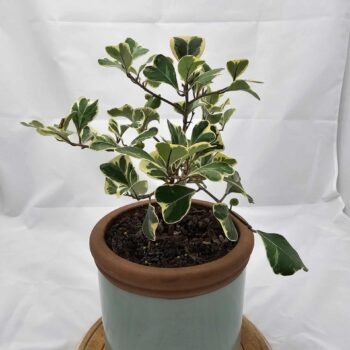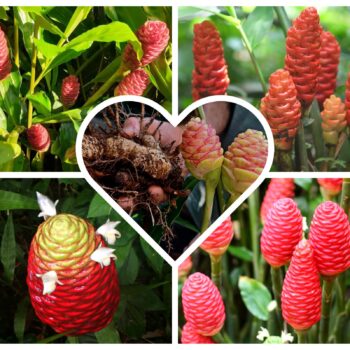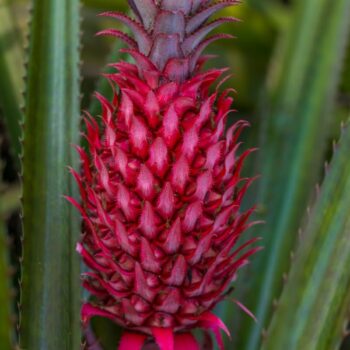Planting and Care
- Light: Prefers full sun to partial shade. When grown indoors, place near a bright window where it can receive ample sunlight.
- Water: Water thoroughly but allow the soil to dry out between watering. Reduce watering in the winter months.
- Soil: Requires well-drained soil. A cactus or succulent mix can be ideal for potted plants.
- Temperature: Thrives in temperatures between 20°C to 30°C. Protect from frost and extreme cold.
- Fertilizer: Feed with a balanced liquid fertilizer every 4-6 weeks during the growing season (spring and summer).
Benefits
- Decorative Appeal: Adds a tropical touch to gardens, patios, and indoor spaces with its vibrant colors and unique appearance.
- Air Purification: Like other bromeliads, the Red Pineapple can help purify the air when grown indoors.
- Educational Value: Great for teaching children and gardening enthusiasts about tropical plants and their care.
Customer Reviews
Jane D. – “The Red Pineapple has been a fantastic addition to my garden. It’s incredibly easy to care for and the red fruit adds such a unique touch. Highly recommend!”
Mark T. – “I’ve grown this indoors and it’s thriving. It’s a beautiful plant that really stands out. The fruit is a fun bonus!”
Enhance your garden or indoor space with the vibrant and unique Red Pineapple. Order today and enjoy the beauty and charm of this tropical wonder!
History of The Red Pineapple (Ananas bracteatus)
The Red Pineapple (Ananas bracteatus), also known as the Ornamental Pineapple, is a fascinating plant with a rich history that spans several centuries and continents. Its unique appearance and versatility have made it a popular choice for both ornamental and practical uses.
Origins
The Red Pineapple is native to South America, particularly the regions of Brazil, Paraguay, and Argentina. It belongs to the Bromeliaceae family, which includes other well-known tropical plants. Indigenous peoples in these regions have long utilized the plant for its edible fruit and medicinal properties.
Introduction to Europe
The journey of the Red Pineapple to Europe began in the 16th century, during the Age of Exploration. European explorers, including the Spanish and Portuguese, encountered the pineapple in their travels to the New World and were captivated by its exotic appearance and unique taste. They brought the plant back to Europe, where it quickly became a symbol of luxury and hospitality.
Cultivation and Spread
Initially, the cultivation of pineapples, including the Red Pineapple, was limited to wealthy estates and botanical gardens in Europe due to the plant’s tropical requirements. However, advances in greenhouse technology in the 17th and 18th centuries allowed for more widespread cultivation. The Red Pineapple’s vibrant color and striking appearance made it a popular choice for ornamental gardens and conservatories.
Symbolism and Cultural Significance
Throughout history, the pineapple has been a symbol of hospitality, wealth, and status. In colonial America, the fruit was often used as a centerpiece for banquets and gatherings, signifying a warm welcome to guests. The Red Pineapple, with its unique red-hued fruit, further enhanced this symbolism and became a cherished plant in ornamental horticulture.
Modern Use and Popularity
Today, the Red Pineapple is grown worldwide, both for its ornamental value and its edible fruit. It is a popular choice for home gardens, patios, and indoor spaces, thanks to its low maintenance requirements and striking appearance. The plant’s ability to purify the air and add a tropical touch to any setting has further cemented its place in modern horticulture.
Scientific Studies and Conservation
In recent years, scientific studies have explored the Red Pineapple’s potential benefits, including its antioxidant properties and use in traditional medicine. Conservation efforts are also underway to protect the plant’s native habitats in South America, ensuring that this unique and valuable species continues to thrive in the wild.
Conclusion
The Red Pineapple (Ananas bracteatus) has a rich and storied history that reflects its journey from the tropical regions of South America to gardens and homes around the world. Its enduring popularity as both an ornamental and edible plant is a testament to its unique beauty and versatility. Whether grown for its striking appearance or enjoyed for its fruit, the Red Pineapple remains a beloved addition to the plant kingdom.

